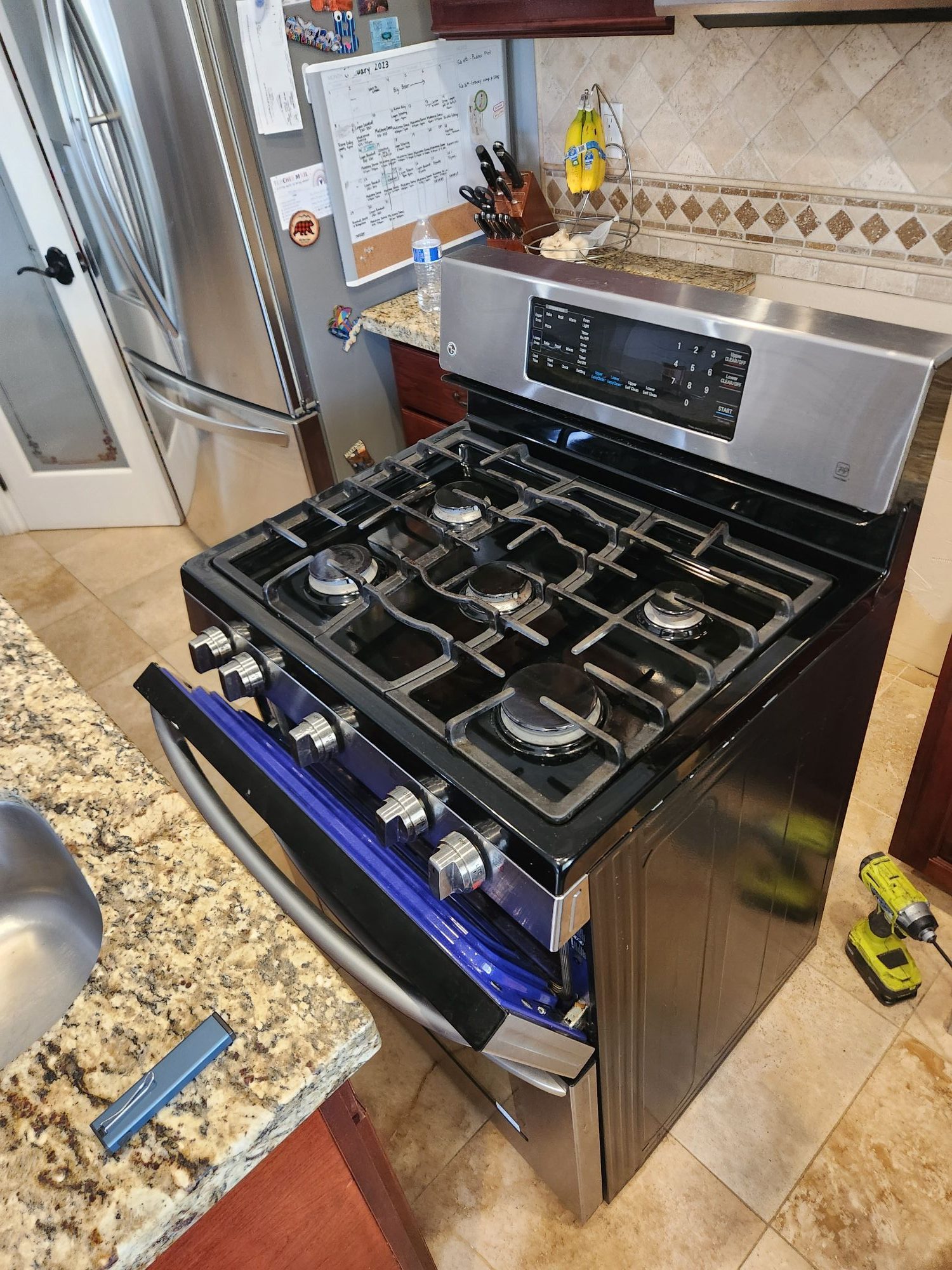
Induction cooktops are sleek, energy-efficient, and modern—but they can also be sensitive. If your induction cooktop won’t turn on after cleaning, it’s not just frustrating—it might indicate an underlying issue that needs attention. Understanding what might have gone wrong during or after cleaning can help prevent long-term damage and ensure safe operation.